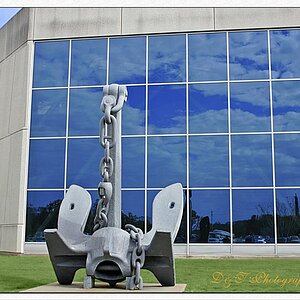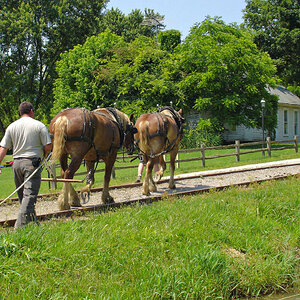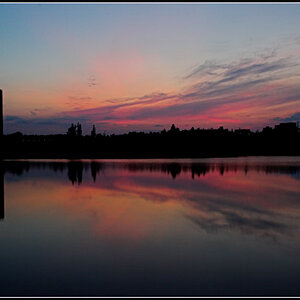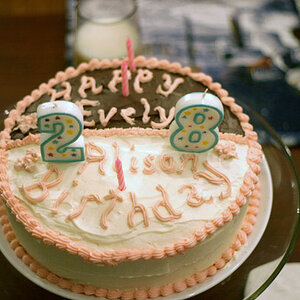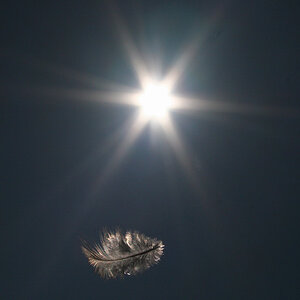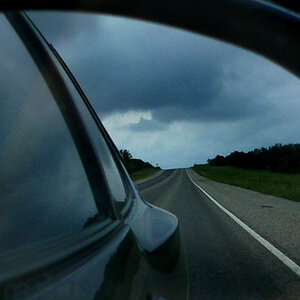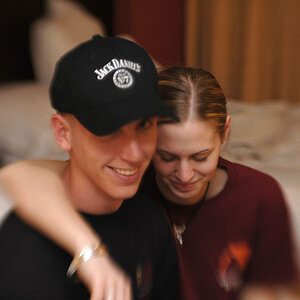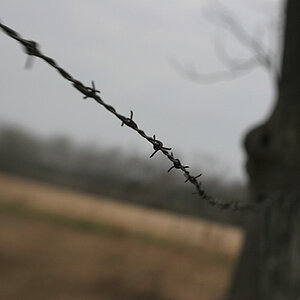WideAperture
TPF Noob!
- Joined
- Sep 8, 2014
- Messages
- 19
- Reaction score
- 0
- Location
- Memphis
- Can others edit my Photos
- Photos OK to edit
Good afternoon. I've had a L-308X-U light meters for a while but I've really never understood how to use it. I've read the manual, looked at YouTube videos, etc but I still think there's something missing. I mainly want to use it for outside natural light photography. Let's say I have the mode set to aperture priority and get a reading. Is the reading on the meter what I should set my camera to? Also, if that's what I should set my camera to, why does the ISO never change on the meter?
Sorry for the novice questions, but I'm totally new to light meters.
Sorry for the novice questions, but I'm totally new to light meters.


![[No title]](/data/xfmg/thumbnail/37/37534-e0f67d1d14bd79cca15937359f0e4c94.jpg?1619738132)
